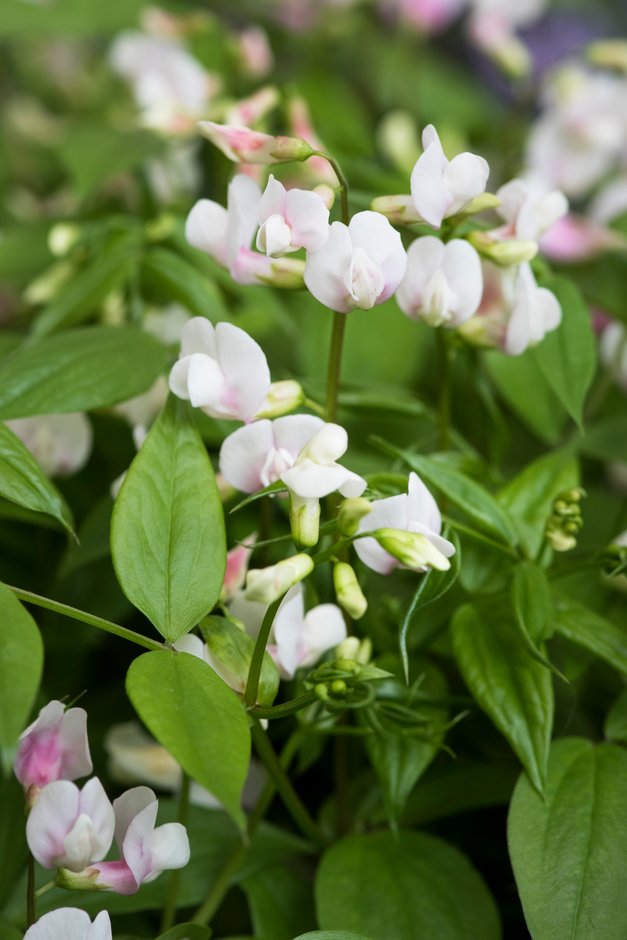Not the plant you're looking for? Search over 300,000 plants
Herbaceous Perennial
Size
Ultimate height
0.1–0.5 metresTime to ultimate height
2–5 yearsUltimate spread
0.1–0.5 metresGrowing conditions
Chalk
Clay
Loam
Sand
Moisture
Moist but well–drained, Well–drainedpH
Acid, Alkaline, NeutralColour & scent
| Stem | Flower | Foliage | Fruit | |
| Spring | Pink | Green | ||
|---|---|---|---|---|
| Summer | Green | |||
| Autumn | Green | |||
| Winter |
Position
- Full sun
- Partial shade
Aspect
South–facing or East–facing or West–facing
Exposure
Exposed or Sheltered Hardiness
H5Botanical details
- Family
- Fabaceae
- Native to GB / Ireland
- No
- Foliage
- Deciduous
- Habit
- Clump forming
- Potentially harmful
- Pods and seeds are not edible. Wear gloves and other protective equipment when handling. Pets: Pods and seeds are not edible. For further information and contact numbers regarding pets, see the HTA guide to potentially harmful plants
- Genus
Lathyrus can be annuals or herbaceous or evergreen perennials, mostly climbing, with pinnate leaves ending in a tendril, and showy pea-like flowers, fragrant in some species
- Name status
Unresolved
How to grow
Cultivation
Best grown in fertile, humus-rich, well-drained soil in full sun or partial shade. See sweetpea cultivation for further information
Propagation
Propagate by division in early spring
Suggested planting locations and garden types
- Cottage and informal garden
- Gravel garden
- Rock garden
- Flower borders and beds
- Underplanting of roses and shrubs
Pruning
Deadhead regularly then cut stems down to the ground in autumn
Pests
Diseases
May be susceptible to powdery mildews, Fusarium wilt and sweet pea viruses
Get involved
The RHS is the UK’s gardening charity, helping people and plants to grow - nurturing a healthier, happier world, one person and one plant at a time.
